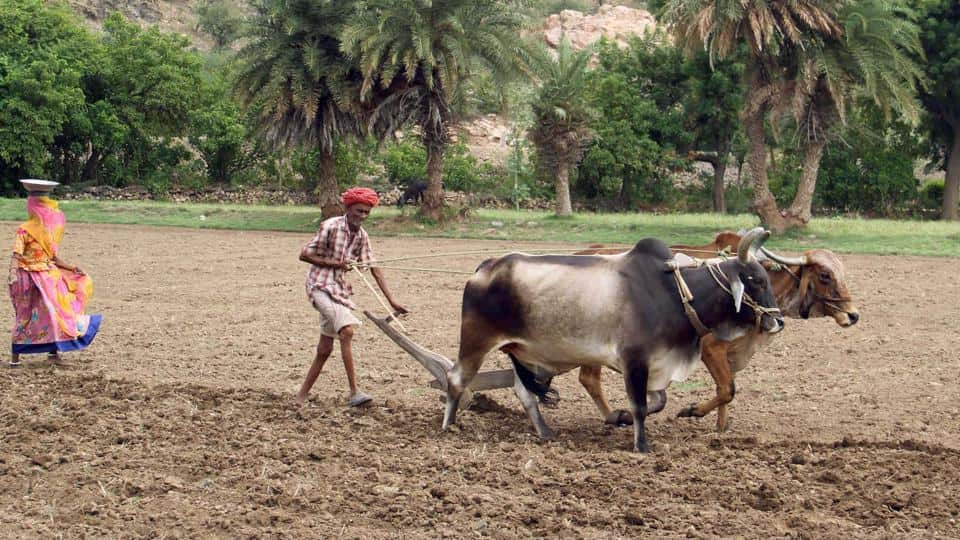Why agriculture needs peasant-oriented policies | analysis | Hindustan Times

The All India Kisan Sabha raised the demands of remunerative prices, i.e. one-and-a-half times the cost of production for all crops and their assured procurement at that price and punishment to those who pay less than that price and a one-time waiver of all loans from public sector banks, co-operative banks and all private money lenders. Both the steps should be taken together. This benefit should be given to all farmers, including small and marginal farmers, tenant farmers and agricultural workers.
The peasant movement during past two years has successfully brought the issues of the agrarian crisis before the country. Farmers are now a pressure group in our parliamentary democracy. In the last assembly elections, the ruling party was defeated mainly due to anger among farmers. It also led to post-election loan waivers by different state governments. First, the Congress governments of Madhya Pradesh, Rajasthan and Chattisagarh announced loan waivers on different scales. Later on, the Bharatiya Janata Party (BJP) governments in Assam and Gujarat announced some relief to the farmers. It is a positive development and a victory for the Kisan Movement. But the actions taken so far are not comprehensive.
First, they announced loan waivers in public sector banks and co-operatives only but the majority of the farmers committed suicide due to their loans from private money lenders. The governments are silent on that. Second, a large number of farmers are tenants or agricultural labourers whose records are not registered. They are not entitled to any of the benefits. The majority of the poor and marginal peasants are also not covered. Third, the prime minister made promises to farmers in his public meetings. But now he is silent. The finance minister Arun Jaitley said that state governments must take steps, the Centre has nothing to do. But where are the state governments going to find resources especially after introduction of goods and services tax (GST)? Now the entire tax collection goes to the central coffers. So if the Centre does not take up the lion’s share of the burden, this federal arrangement won’t work for long. Fourth, the schemes are yet to be linked to assured procurement of the crops with remunerative prices. Otherwise this is bound to collapse and farmers will again fall into a debt trap and there will be no end to the agrarian crisis.
Modi government has repeatedly said that its objective is to double the income of farmers by 2022. The government has no mandate up to 2022 yet. So far, there is no indication of any increase in incomes. To double incomes, the agricultural annual growth rate should be 14% for five years but the average growth rate has been merely 2.5% under Modi rule. The leaders of the ruling regime are also talking of increasing export of agricultural commodities. But how many farmers get the benefit of exporting? The majority don’t export. We are not opposing export but are only objecting to the illusion being created by such propaganda.
The basic agrarian policy followed since independence is wrong. It started with the failure of proper radical land reform, which would create purchasing power for the millions of landless and poor peasants. Landlessness among the rural poor could be reduced through land distribution, and then some government support for “peasant agriculture” could change the situation. But the government gradually started to replace peasant agriculture with corporate agriculture. In our country, massive sections of the population depend on agriculture. So the approach of bringing those landless people to an urban production system and reducing farmers from 50% to the mere 2% or 3% of the rural population, is flawed for a country of our size and population. Unfortunately, the aggressive pursuit of neo-liberal policies by the Modi government has only turned the agrarian problem into an agrarian crisis.
Hannan Mollah is general secretary, All India Kisan Sabha
Source: Why agriculture needs peasant-oriented policies | analysis | Hindustan Times

